All Science
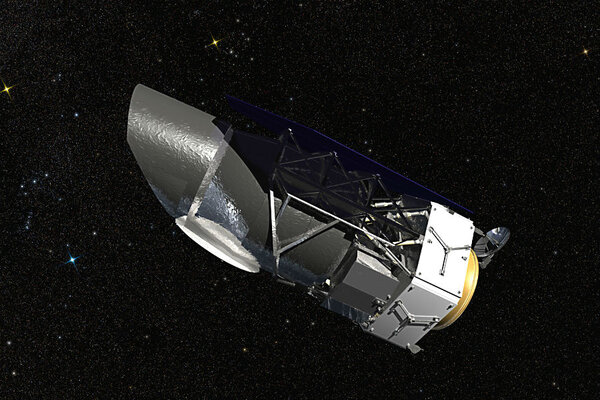 How NASA's new telescope could unlock some mysteries of the universe
How NASA's new telescope could unlock some mysteries of the universeThe National Aeronautic and Space Agency's Wide Field Infrared Survey Telescope project was announced to begin its development Wednesday. The new device is set to provide even more data about the universe than previous telescopes managed.
 Is your hometown a top hit for climate change?
Is your hometown a top hit for climate change?A group of scientists used 14 years of data to map climate change hot spots around the globe. But they didn't just map extreme weather – they analyzed the response of local vegetation.
 Who ruled Earth before the dinosaurs? The 'ugliest fossil reptiles'
Who ruled Earth before the dinosaurs? The 'ugliest fossil reptiles'The extinction of pareiasaurs, and many other animals, in the end-Permian mass extinction made way for the dinosaurs. What can these weird, chunky animals tell us about the evolution of life on Earth?
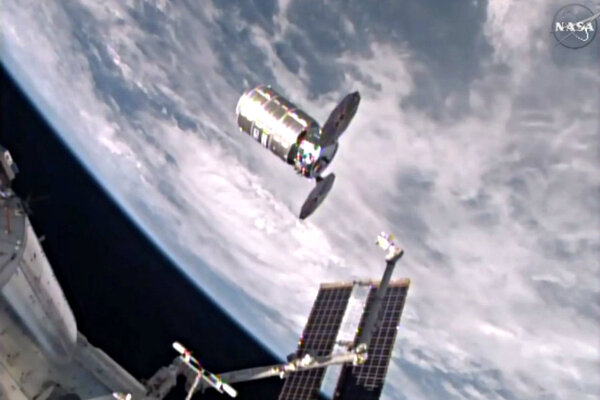 18,300 apply for 14 jobs in NASA's Astronaut Corps
18,300 apply for 14 jobs in NASA's Astronaut CorpsNASA's latest, record-breaking applicant pool included more than a thousand applicants for every available astronaut slot.
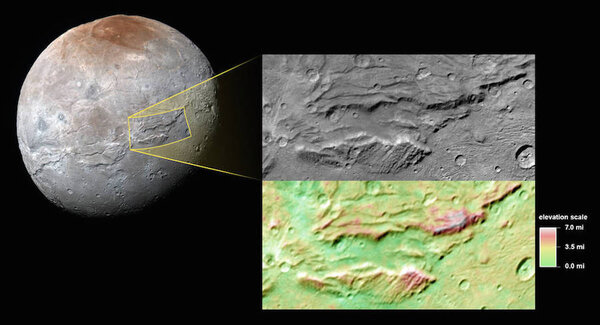 How an ancient ocean ripped the surface of Pluto's moon Charon
How an ancient ocean ripped the surface of Pluto's moon CharonCharon's unique surface could result from a subterranean ocean that froze over time. The moon has some of the deepest and longest chasms in the solar system.
 First LookIf you act under orders, are you still responsible for your actions?
First LookIf you act under orders, are you still responsible for your actions?New research has delved further into this well known conundrum, looking at our deeper, less conscious, reaction when we do things that hurt others – depending on whether we do it voluntarily.
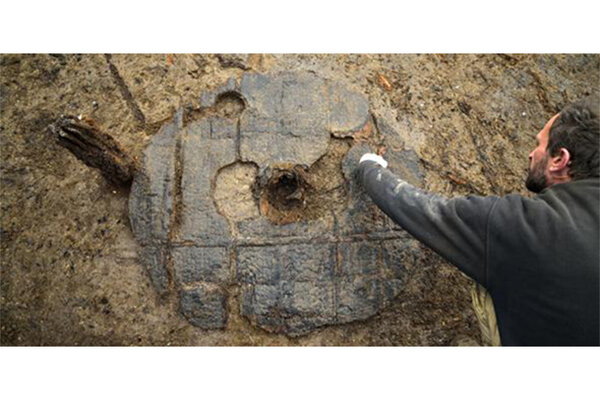 First LookWhat this 3,000-year-old wheel tells us about Britain's 'Pompeii'
First LookWhat this 3,000-year-old wheel tells us about Britain's 'Pompeii'The wheel was discovered at a site known as 'Britain's Pompeii,' and broadens our understanding of what life may have been like for Bronze-Age Britons.
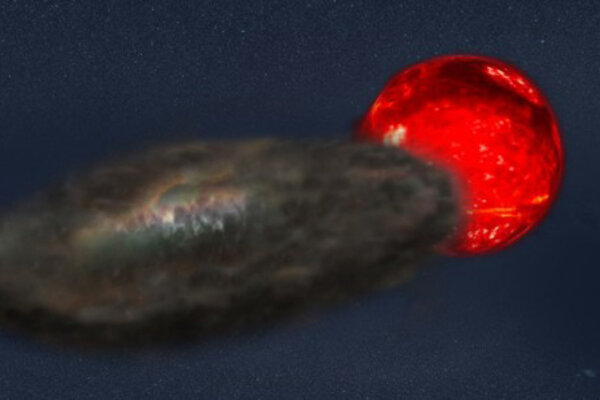 First LookStellar eclipse plunges distant star system into 3-1/2 years of darkness
First LookStellar eclipse plunges distant star system into 3-1/2 years of darknessThe star system sets new records for both the longest eclipse and the longest time between eclipses in a binary star system, researchers at Vanderbilt University found.
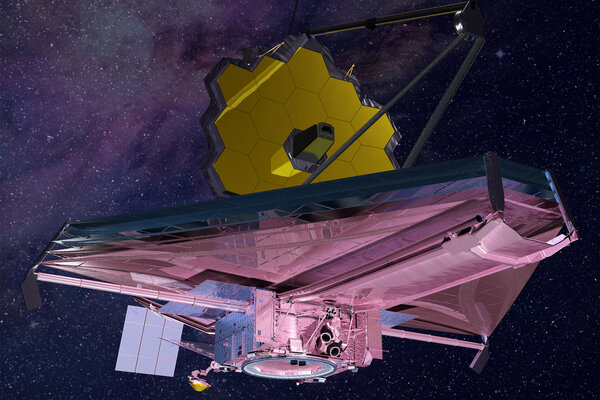 First LookNASA's biggest telescope ever readies for million-mile journey
First LookNASA's biggest telescope ever readies for million-mile journeyThe biggest space mission ever attempted won't be ready for launch until 2018, but preparations have been underway for more than a decade.
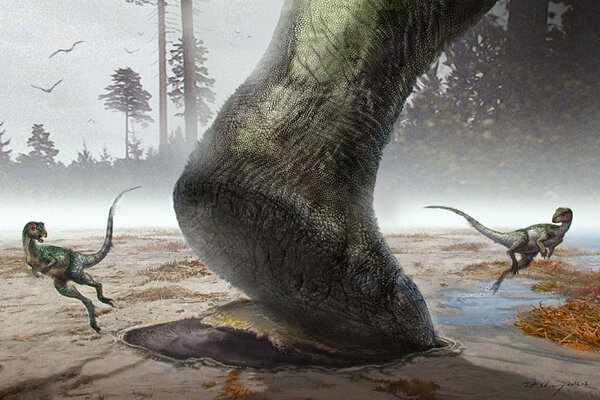 Dinosaur tracks: Why would a four-footed dino leave two-footed prints?
Dinosaur tracks: Why would a four-footed dino leave two-footed prints?Sauropod dinosaurs roamed across present-day China in the Lower Cretaceous, leaving fossilized footprints behind.
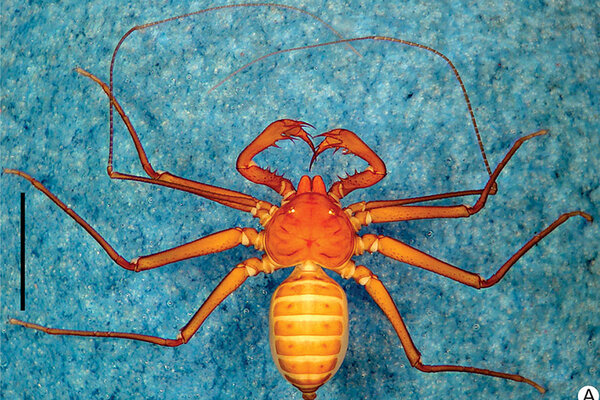 Scientists discover eight new species of whip spider in Brazil
Scientists discover eight new species of whip spider in BrazilResearchers identified eight new species of an arachnid that prowls the Amazon.
 How to hunt gravitational waves? Put a gigantic detector in space
How to hunt gravitational waves? Put a gigantic detector in spaceThe European Space Agency just launched an experiment to test the feasibility of putting an enormous laser interferometer in space to detect Einstein's gravitational waves with incredible precision.
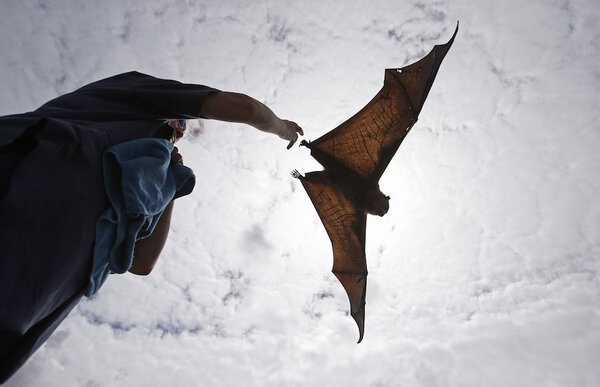 A new Batplane? Bat flight inspires micro air vehicles.
A new Batplane? Bat flight inspires micro air vehicles.Analysis of bats has helped scientists design innovative new wings for micro air vehicles. The wings are the latest in a growing trend of biomimicry, the process of adopting elements of nature to solve human problems.
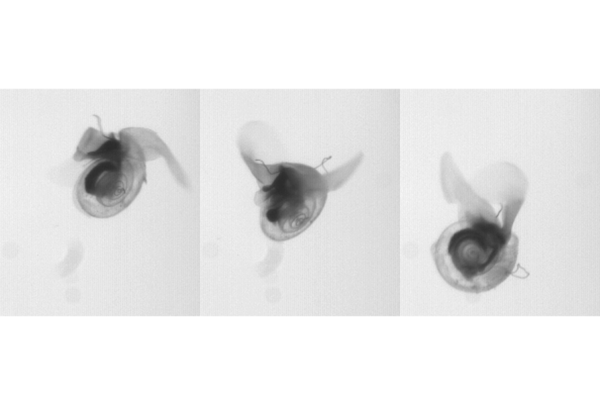 Gelatinous sea snails ‘fly’ through water like a butterfly, say scientists.
Gelatinous sea snails ‘fly’ through water like a butterfly, say scientists.Are these marine mollusks really honorary insects?
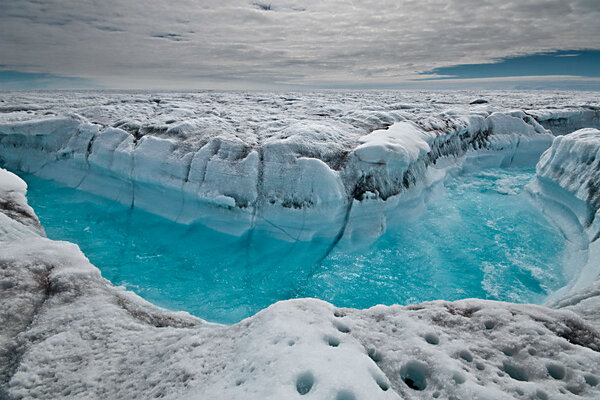 Are glacial ice streams contributing to the rise of ocean levels?
Are glacial ice streams contributing to the rise of ocean levels?A new study of an ancient ice sheet shows that even as the Earth warmed, the amount of ice lost through its ice streams decreased, which could mean ice streams pose less of a threat to ocean level rise than was previously thought.
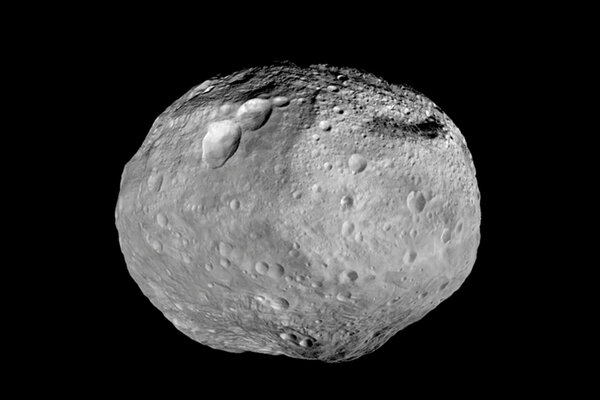 First LookWhere do asteroids go to die? New evidence challenges old assumptions.
First LookWhere do asteroids go to die? New evidence challenges old assumptions.An international team of scientists have debunked the theory that asteroids and comets end their existence with a final plunge into the sun. Turns out, they disintegrate long before that.
 Here's the first ever, user-friendly map of Mars. You might need it
Here's the first ever, user-friendly map of Mars. You might need itBritain's official mapping agency, Ordnance Survey, has taken its first stab at mapping a foreign planet – for non-scientists.
 First LookReal-life 'Indiana Jones' recruits you to help save the world's antiquities
First LookReal-life 'Indiana Jones' recruits you to help save the world's antiquitiesSarah Parcak, 'space archaeologist' and winner of the 2016 TED Prize, announced on Tuesday her plan to create a citizen science platform, so users can help map antiquities sites in the Middle East and stop looting.
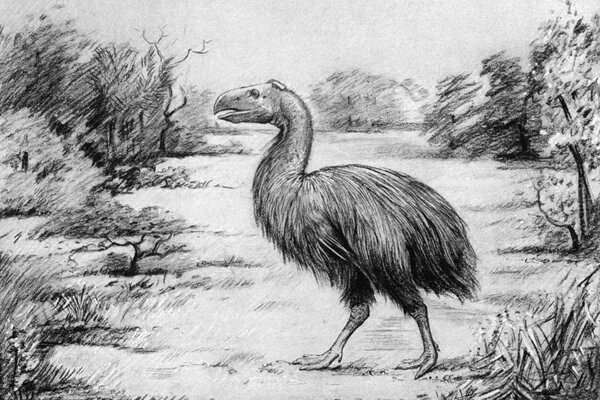 Giant, flightless birds stalked the Arctic swamps 53 million years ago
Giant, flightless birds stalked the Arctic swamps 53 million years agoThe discovery of a single toe bone paints a picture of a hulking, ancient bird striding through a warm Arctic.
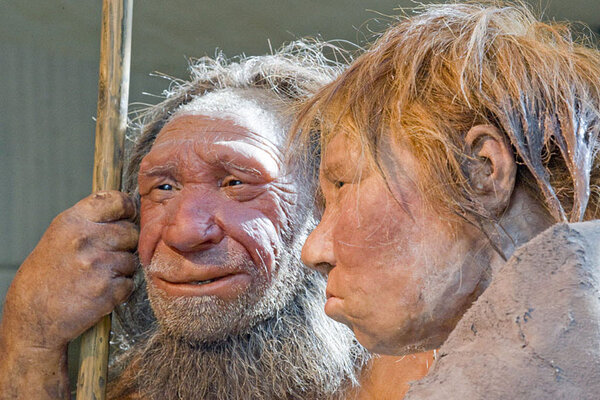 Neanderthals and modern humans mated 50,000 years earlier than we thought, scientists say.
Neanderthals and modern humans mated 50,000 years earlier than we thought, scientists say.Researchers discovered early modern human DNA in a Neanderthal genome. And that interbreeding event happened remarkably long ago.























